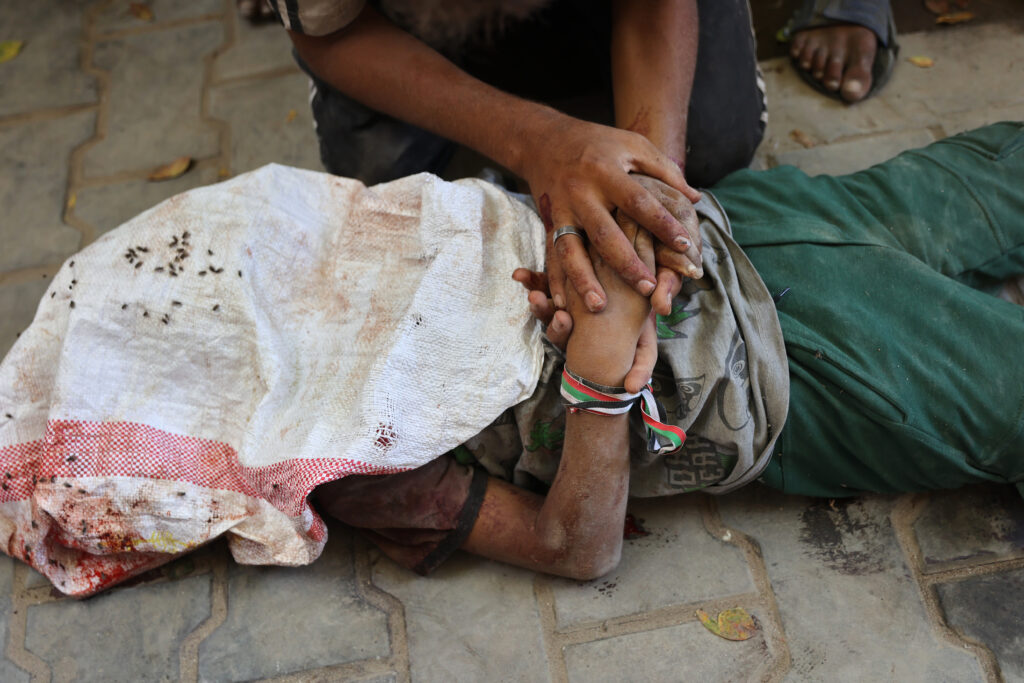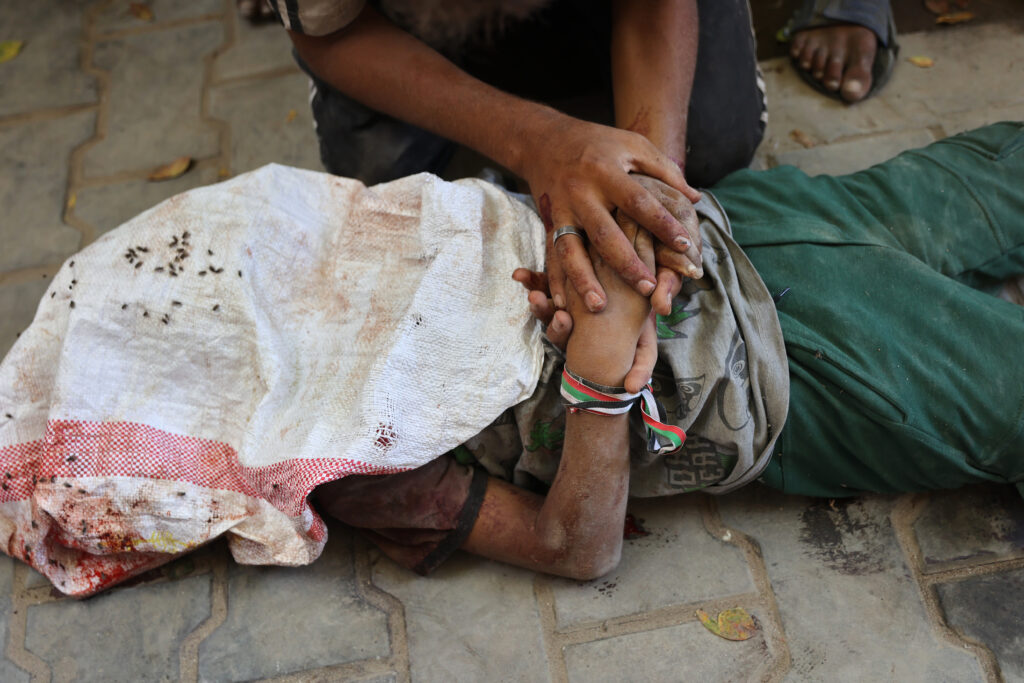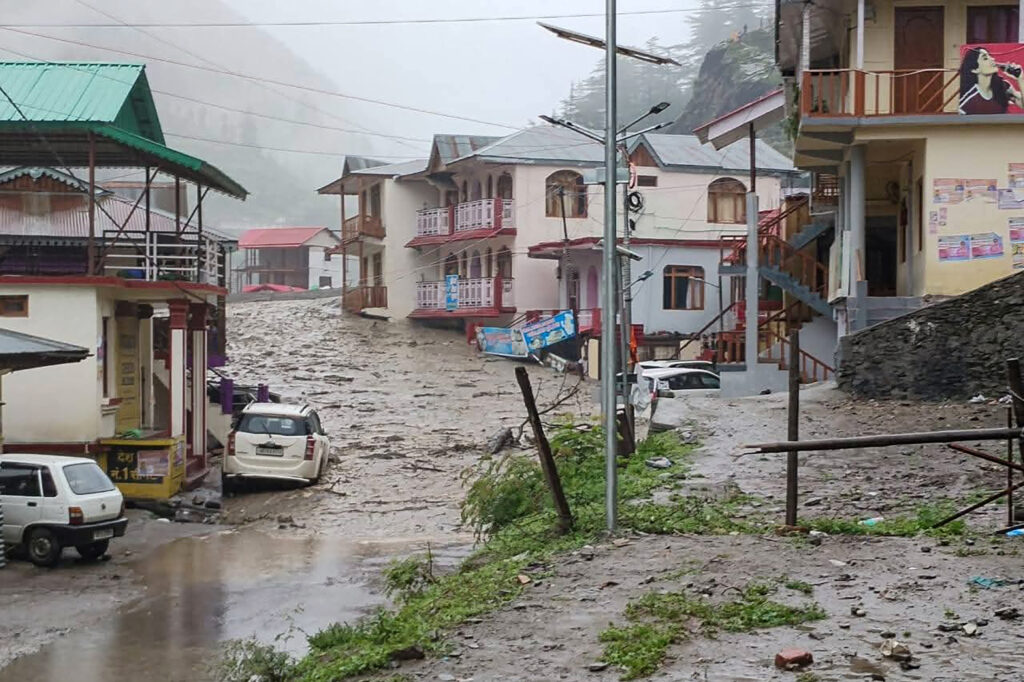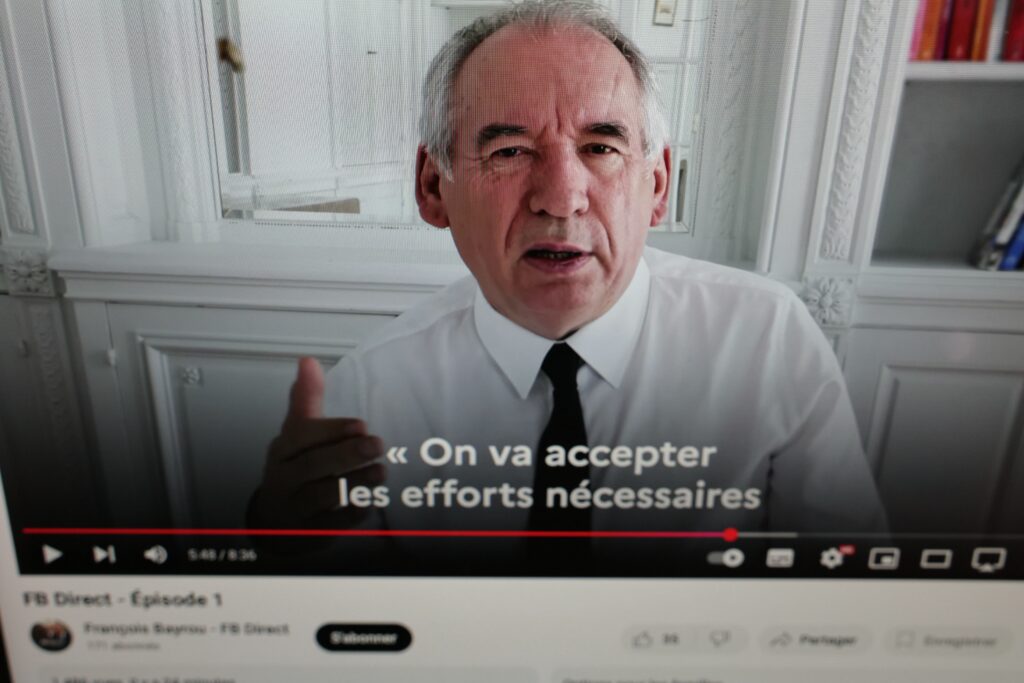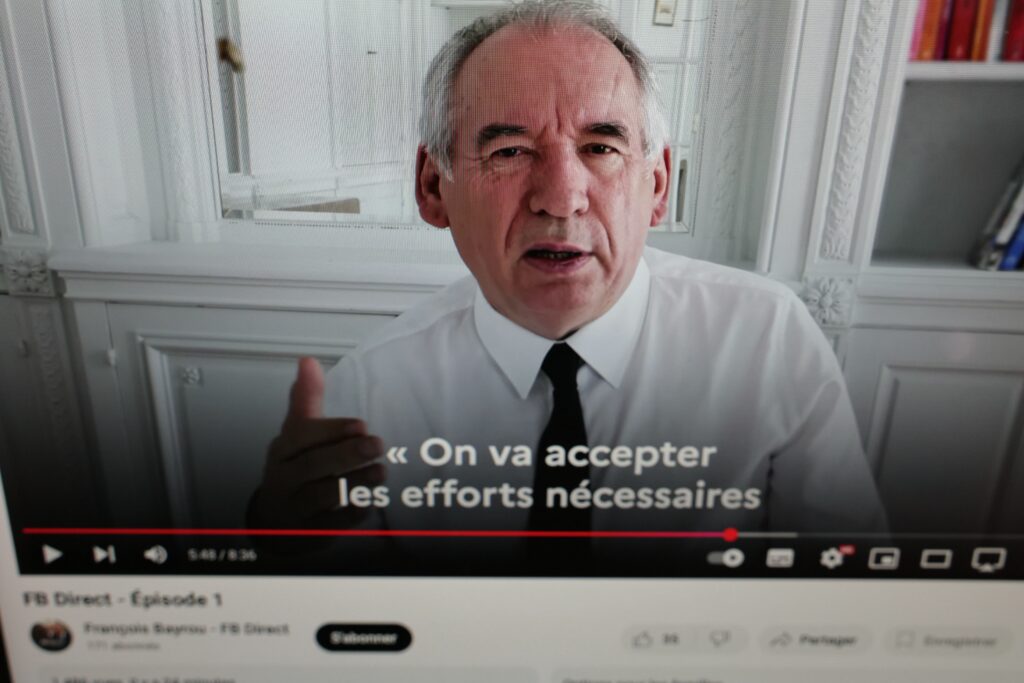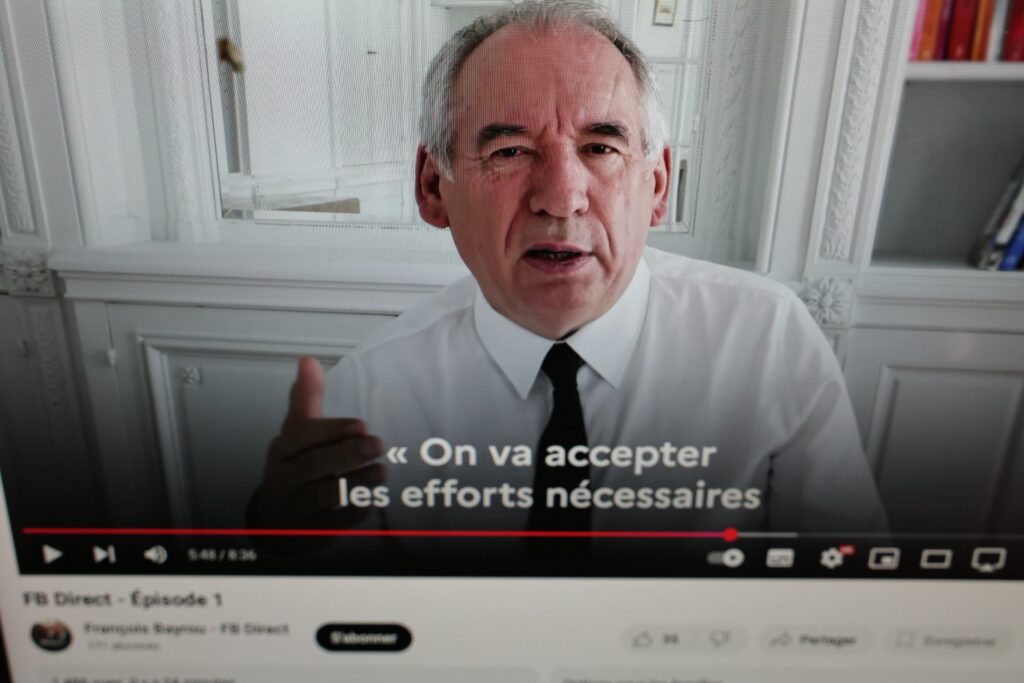Israël devra “vaincre totalement” le Hamas à Gaza pour assurer la libération des otages, selon le Premier ministre israélien Benjamin Netanyahu, qui a tenu mardi une réunion de sécurité sur la prochaine phase de la guerre, annoncée comme imminente. “Il est nécessaire de vaincre totalement l’ennemi à Gaza, de libérer tous nos otages et de s’assurer que Gaza ne constituera plus une menace pour Israël. Nous n’abandonnons aucune de ces missions”, a affirmé M. Netanyahu lors d’une visite sur une base militaire.Dans l’après-midi, il a tenu une “réunion restreinte de sécurité de près de trois heures” au cours de laquelle “le chef d’état-major de l’armée lui a présenté les options pour la poursuite des opérations à Gaza”, selon les services du Premier ministre.Le Conseil de sécurité de l’ONU tient mardi une session consacrée à la question des otages israéliens à Gaza, initiée par Israël qui a dit vouloir mettre ce sujet “au centre” de l’agenda international. La presse israélienne, citant des officiels s’exprimant sous couvert d’anonymat, est unanime à prédire une nouvelle escalade des opérations dans le territoire palestinien: “Netanyahu veut que l’armée israélienne conquière toute la bande de Gaza”, résume la radio publique Kan.- “Tsahal prêt” à agir -Plusieurs ministres “ont confirmé qu’il a décidé d’étendre le combat aux zones où des otages pourraient être détenus”, toujours selon Kan. Israël doit prendre “toutes les mesures nécessaires pour vaincre le Hamas” à Gaza, a déclaré le ministre de la Défense, Israël Katz. Comme d’autres médias, le quotidien Maariv souligne que “cette décision dramatique” signifie que l’armée va “commencer à combattre dans des zones” où elle s’est abstenue de le faire ces derniers mois, là où les otages pourraient être détenus et dans des zones à fortes concentration de civils.Des médias spéculent sur une “tactique de négociation” ou une possible opposition du chef d’état-major de l’armée, le lieutenant-général Eyal Zamir. “Tsahal est prêt à mettre en œuvre toute décision prise” par le gouvernement, a balayé le bureau du Premier ministre, à l’issue de la réunion de mardi soir.En guerre contre le Hamas depuis l’attaque sans précédent du mouvement islamiste palestinien en Israël le 7 octobre 2023, le gouvernement israélien fait face à une pression croissante pour trouver une issue au conflit. L’opinion israélienne s’alarme du sort des 49 otages du 7 octobre, dont 27 déclarés morts par l’armée, tandis qu’à l’international, de plus en plus de voix s’élèvent face aux souffrances des plus de deux millions de Palestiniens, menacée de “famine généralisé” selon l’ONU.”La balle est dans le camp de l’occupant (ndlr: Israël) et des Américains”, a commenté à l’AFP un dirigeant politique du Hamas, Hossam Badran, affirmant la volonté du mouvement “d’arrêter la guerre et mettre fin à la famine”.”Les médiateurs sont toujours en contact avec nous, mais jusqu’à présent, il n’y a pas de nouvelles propositions ou idées, et aucun développement concernant la reprise des négociations”, a-t-il ajouté, après l’échec des dernières négociations en juillet.Le Comité international de la Croix-Rouge s’est dit prêt mardi à apporter aux otages “des médicaments, des vivres ainsi que des nouvelles de leurs familles”. “Bien que le CICR maintienne un dialogue constant avec l’ensemble des parties, il ne participe pas aux négociations”, a souligné l’organisation.- Vivres, business et espions -Sur le terrain, la Défense civile a fait état de 26 personnes tuées mardi dans les opérations israéliennes.A Khan Younès (sud), des images de l’AFP montrent des Palestiniens fouillant des tentes éventrées après une frappe nocturne dans un camp de déplacés. Adham Mohammad Younes décrit une “scène terrifiante”. “Il n’y a aucune sécurité à Gaza, tout le monde est exposé à la mort”, s’indigne ce trentenaire. Mardi matin, le Cogat, un organisme du ministère de la Défense en charge de l’administration civile à Gaza, y a à nouveau autorisé l’entrée partielle des marchandises privées de manière “contrôlée et progressive” pour “augmenter” l’aide “tout en réduisant la dépendance à l’égard de (…) l’ONU et des organisations internationales”. Un nombre limité de commerçants locaux pourront mettre à disposition “des produits alimentaires de base, aliments pour bébés, fruits et légumes et articles d’hygiène” sous réserve “d’un contrôle de sécurité rigoureux”, a détaillé le Cogat. Israël a levé fin mai le blocus humanitaire total qu’il avait imposé début mars au territoire, totalement dépendant de l’aide internationale, mais les quantités autorisées à entrer, par voie terrestre ou largages aériens, sont jugées insuffisantes par l’ONU.Les rapporteurs spéciaux des Nations Unies ont par ailleurs appelé mardi à la dissolution immédiate de la Fondation humanitaire pour Gaza (GHF), soutenue par Israël et les Etats-Unis, qui a commencé à distribuer de l’aide dans le territoire en mai. La GHF “est un exemple tout à fait troublant de la manière dont l’aide humanitaire peut être exploitée à des fins militaires et géopolitiques secrètes, en violation flagrante du droit international”, ont estimé les experts, pointant “l’imbrication des services de renseignement israéliens, d’entrepreneurs américains et d’entités non gouvernementales ambiguës”.

